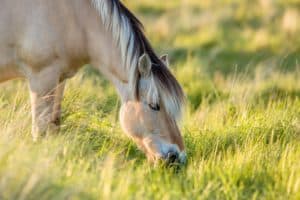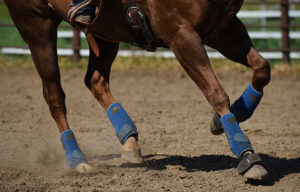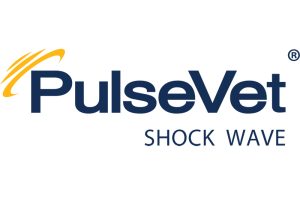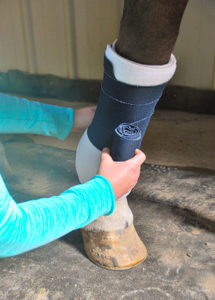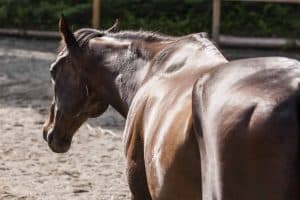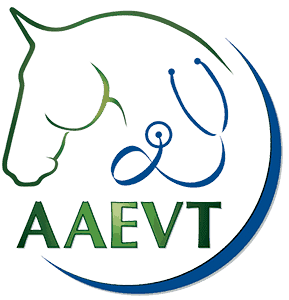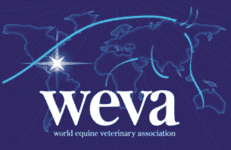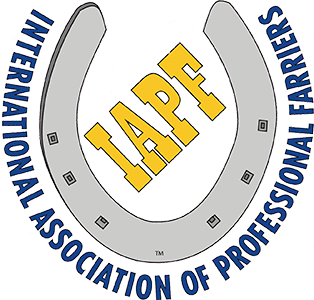Wild Horse Health On and Off the Range
Feral mustangs managed by the Bureau of Land Management (BLM) require care different from your average domestic saddle horse. To explain, Albert Kane, DVM, MPVM, PhD, USDA Animal and Plant Health Inspection Service (APHIS) veterinary epidemiologist, shared information about the veterinary management of BLM equids at the 2014 American Association of Equine Practitioners’ Convention, held Dec. 6-10 in Salt Lake City, Utah.
The BLM is responsible for 49,000 horses and burros on 32 million acres of publically owned lands. The horses live on rangelands and in long- and short-term holding facilities. Additionally, the BLM performs postadoption compliance visits to monitor adopted animals’ health and welfare during the first year following adoption.
Overseeing these horses’ health and welfare requires employing trained personnel, including both veterinarians and wild horse and burro specialists. The BLM has developed an infrastructure of private practitioners, specialists, and wranglers to provide for the health of the animals under its jurisdiction, Kane explained. The BLM also relies on a partnership with APHIS to provide additional veterinary support and services
Create a free account with TheHorse.com to view this content.
TheHorse.com is home to thousands of free articles about horse health care. In order to access some of our exclusive free content, you must be signed into TheHorse.com.
Start your free account today!
Already have an account?
and continue reading.
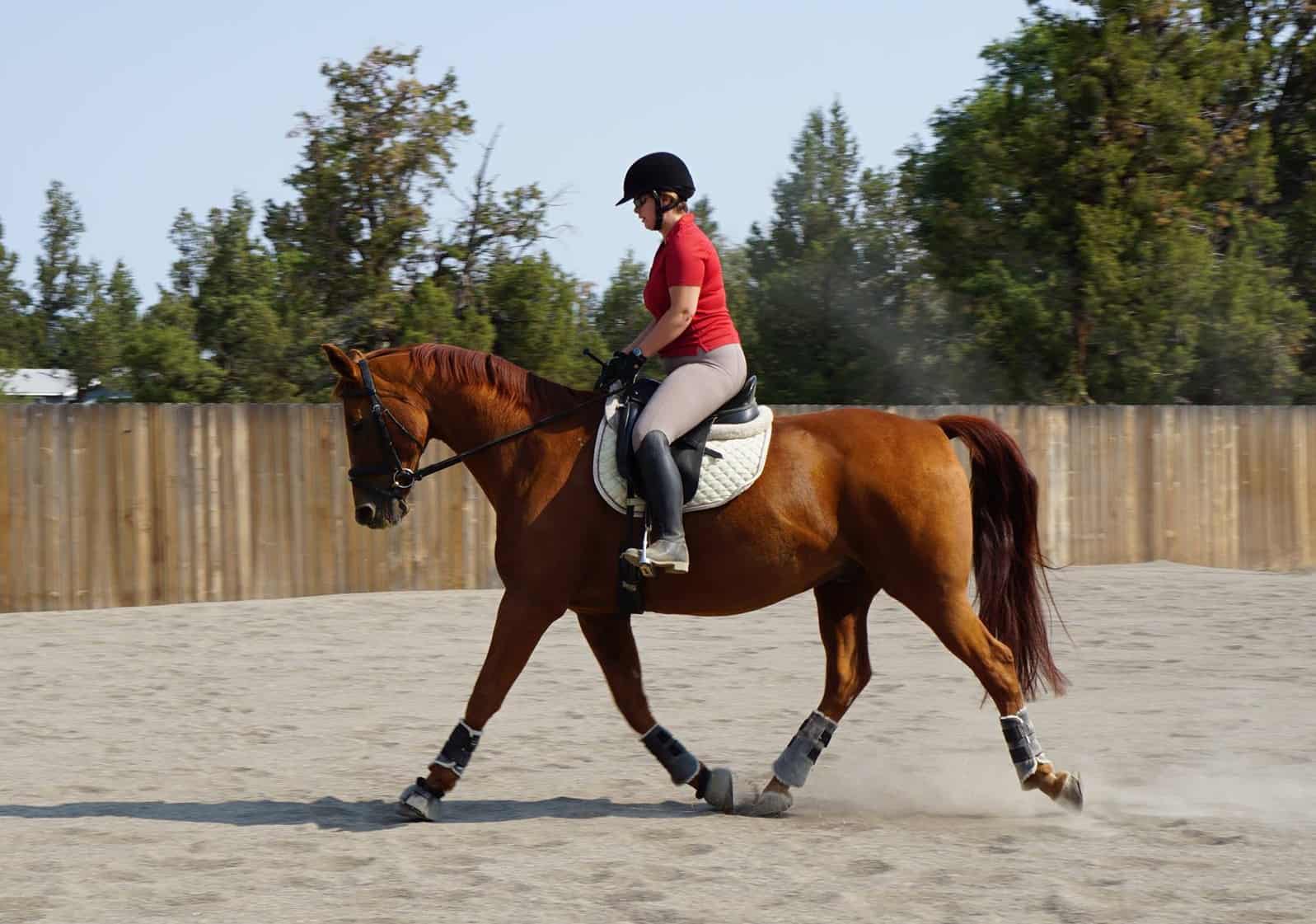
Written by:
Michelle Anderson
Related Articles
Stay on top of the most recent Horse Health news with

